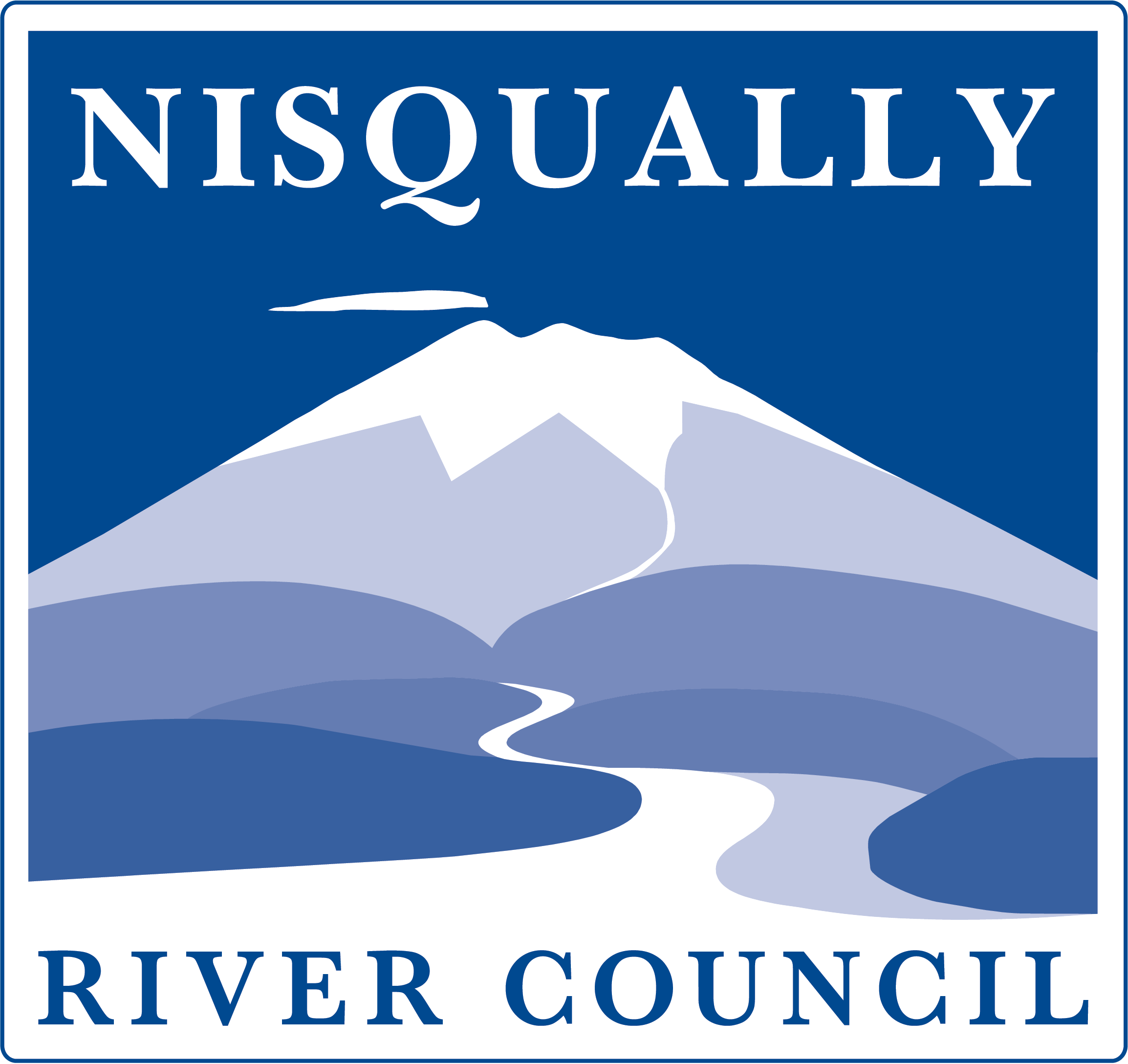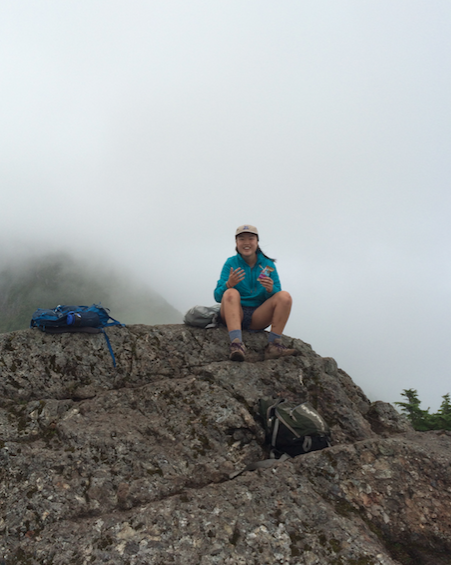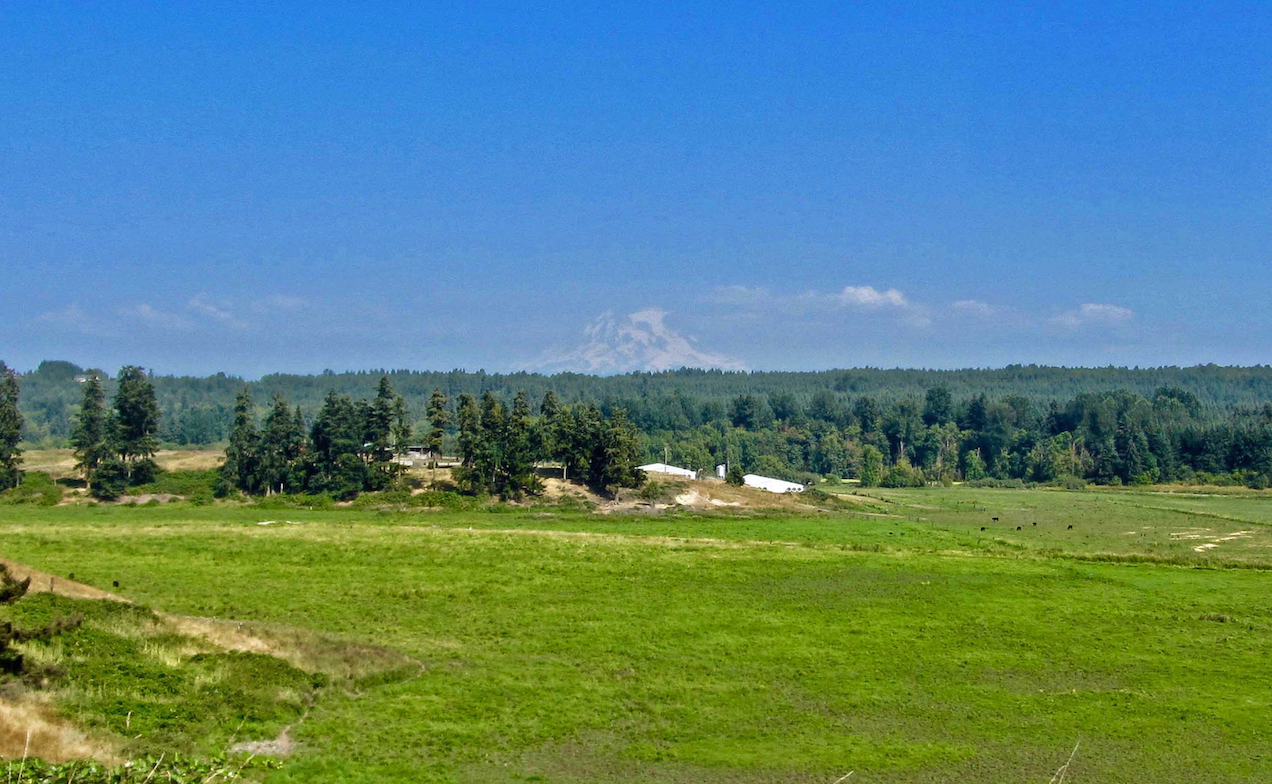The NREP will bring new climate change related projects into the classroom over the next three school years through its NOAA funded climate literacy project. These projects will help students and teachers increase climate change literacy and highlight focuses on communicating community resilience through taking action. Projects include No Idling Zones, Cool School Challenge, Do One Thing, and 20,000 Trees. Implementing these projects will not only educate students about climate change impacts, but inspire students and teachers to take action to make their communities more resilient in the face of climate change.
No Idling Zones
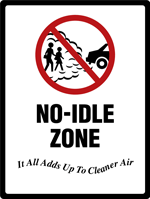 Students and teachers can start a campaign at school to start “No Idling Zones” where parents and bus drivers typically wait to drop off and pick up their students. Students end up breathing in the exhaust from these idling vehicles, and they create an unnecessary source of CO2 emissions. Pollutants in car exhaust include benzene and formaldehyde, which are air toxins that may cause cancer and other serious health effects (EPA). The EPA and AirwatchNW offer tool kits to start a successful campaign encouraging parents, and even bus drivers, to turn the car off while waiting for students! Kits include outreach templates, action timelines, and artwork that can be used to create signage.
Students and teachers can start a campaign at school to start “No Idling Zones” where parents and bus drivers typically wait to drop off and pick up their students. Students end up breathing in the exhaust from these idling vehicles, and they create an unnecessary source of CO2 emissions. Pollutants in car exhaust include benzene and formaldehyde, which are air toxins that may cause cancer and other serious health effects (EPA). The EPA and AirwatchNW offer tool kits to start a successful campaign encouraging parents, and even bus drivers, to turn the car off while waiting for students! Kits include outreach templates, action timelines, and artwork that can be used to create signage.
Cool School Challenge
 The Cool School Challenge helps students identify and reduce energy uses in their classrooms, thus reducing CO2 emissions. Students work with “Challenge Coaches” to conduct a classroom energy audit. They work with the challenge coach calculate energy use and CO2 emissions over time, and identify ways to reduce both of these. The program can be expanded to include an entire school, making a large difference when it comes to reducing energy and creating a lasting impact. Sometimes it’s as easy as turning the lights off!
The Cool School Challenge helps students identify and reduce energy uses in their classrooms, thus reducing CO2 emissions. Students work with “Challenge Coaches” to conduct a classroom energy audit. They work with the challenge coach calculate energy use and CO2 emissions over time, and identify ways to reduce both of these. The program can be expanded to include an entire school, making a large difference when it comes to reducing energy and creating a lasting impact. Sometimes it’s as easy as turning the lights off!
Do One Thing
What’s your DOT? Do One Thing encourages climate action one step at a time. Students can visi t the Alliance for Climate Education’s DOT web page and either select a DOT or create their own. Examples including turning off the lights, reducing waste, and talking about climate change with others. After selecting a DOT, students will share a relevant hashtag on social media and share with their classmates. Utilizing both social media and our online Pacific Northwest Climate Leaders campaign will provide students a support network for taking their selected action.
t the Alliance for Climate Education’s DOT web page and either select a DOT or create their own. Examples including turning off the lights, reducing waste, and talking about climate change with others. After selecting a DOT, students will share a relevant hashtag on social media and share with their classmates. Utilizing both social media and our online Pacific Northwest Climate Leaders campaign will provide students a support network for taking their selected action.
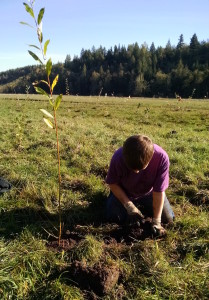
20,000 Trees
The NREP plants 4-5,000 trees a year through restoration projects. A great example of this is the work done at Ohop Valley in coordination with the Nisqually Land Trust. South Sound GREEN, and the Chehalis Basin Education Consortium will also be contributing to this goal in their watershed with student plantings. We’ve made it a goal to plant 20,000 trees over the next three years through our restoration projects because they are one of the best ways to store carbon over the long term. Trees also provide ecosystems services like water filtration, shade for streams, and soil stabilization. Plus trees improve our moods and are simply beautiful to look at!
While these are straightforward and simple actions, they will empower students and teachers to take climate change action into their own hands. If you are interested in volunteering with us, please contact us at info@nisquallyriver.org or 360.438.8715!
